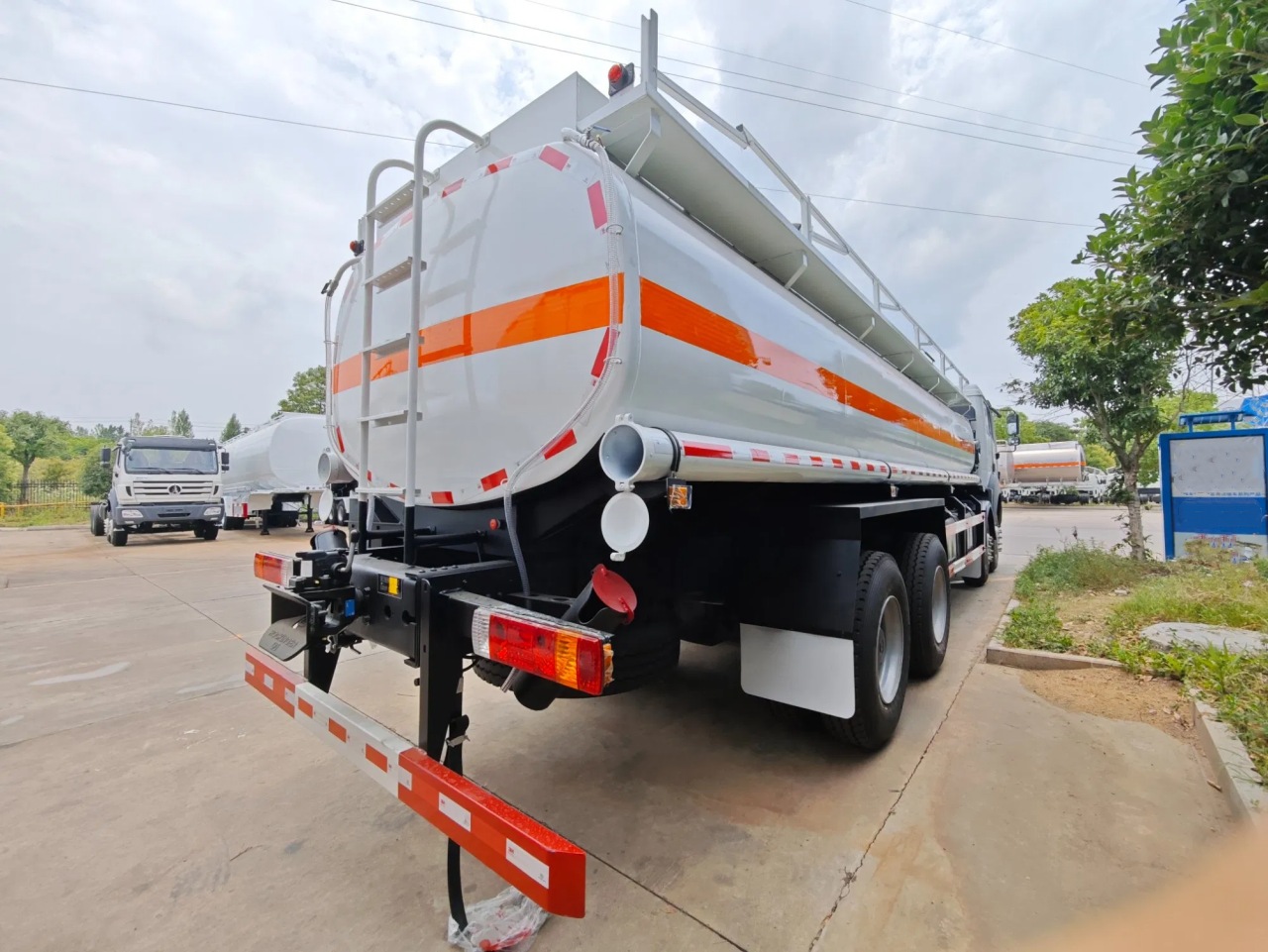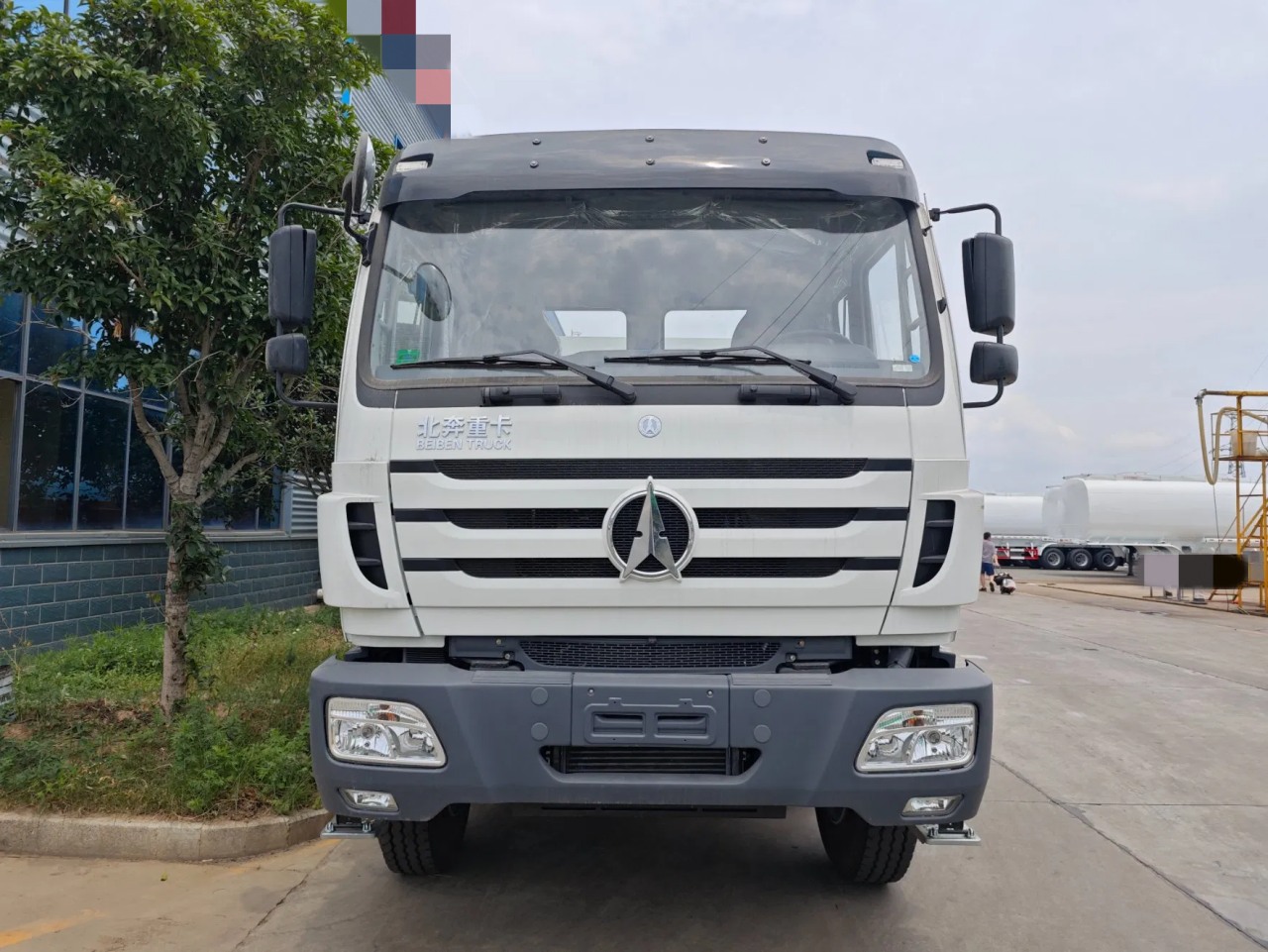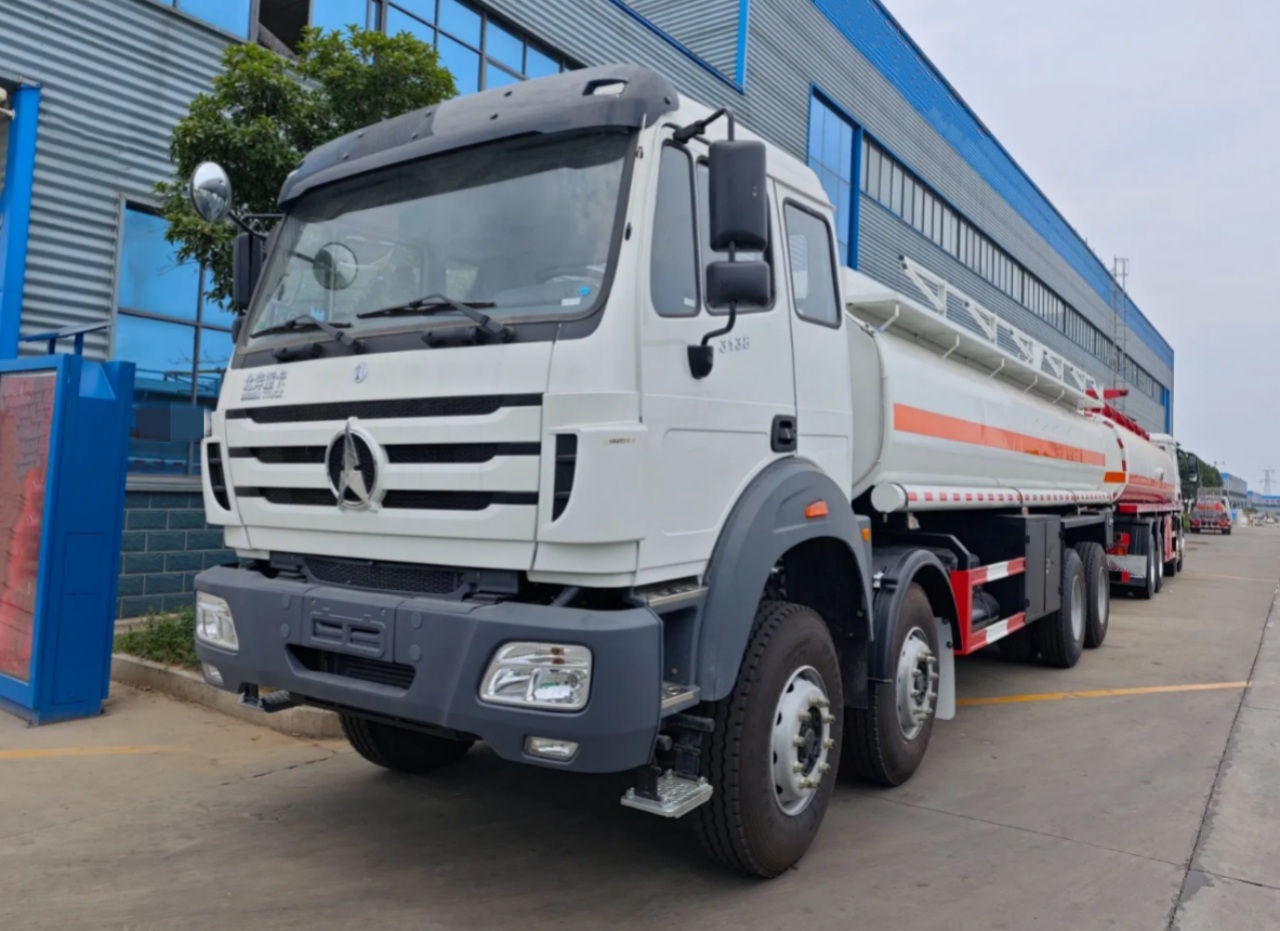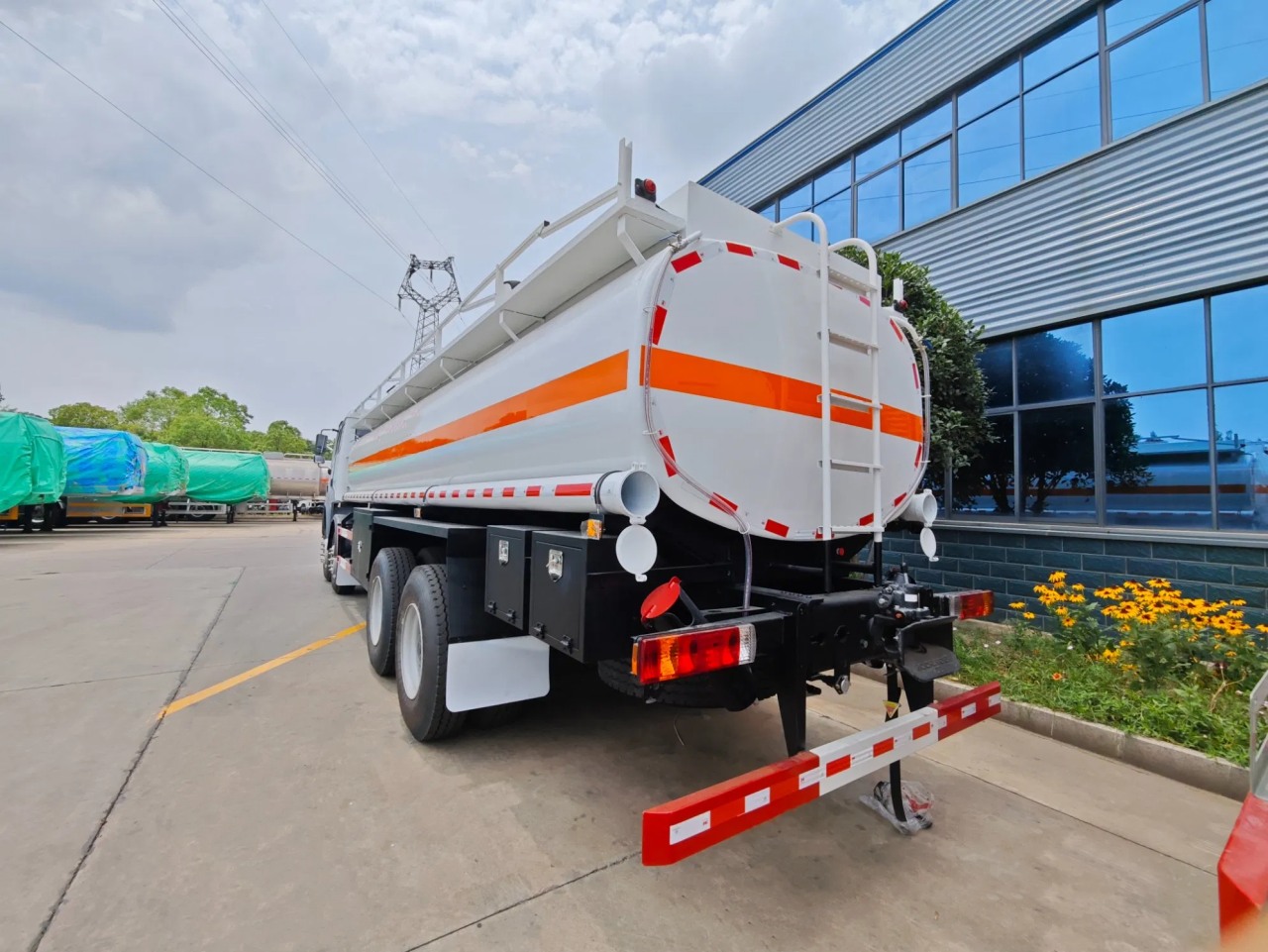Fuel tankers are the backbone of the global energy supply chain. Whether they are transporting gasoline to your local gas station or delivering jet fuel to an airport, these vehicles are engineered to carry large volumes of flammable liquid safely and efficiently. But have you ever wondered exactly how much fuel a tanker can carry? The answer depends on various factors such as the type of tanker, regional regulations, and the kind of fuel being transported. In this article, we’ll explore the capacity of fuel tankers, the factors that influence it, and the different types of tankers in operation today.
Types of Fuel Tankers
Fuel tankers come in a wide variety of shapes and sizes, and their capacities differ significantly depending on their design and intended use. Here are the primary types:
1. Small Tank Trucks (Light-Duty Tankers)
These are typically used for local fuel deliveries, such as refueling smaller retail gas stations or construction sites. They are commonly built on light- or medium-duty truck chassis.
- Capacity: 1,000 to 3,000 gallons (3,785 to 11,356 liters)
- Use: Urban and suburban fuel delivery
- Advantages: Maneuverability in tight spaces, lower operating cost
2. Medium Tank Trucks
These serve regional fuel delivery needs and are often used when access to large fuel depots is limited.
- Capacity: 3,000 to 5,000 gallons (11,356 to 18,927 liters)
- Use: Mid-sized gas stations, fleet fueling
- Advantages: Good balance between capacity and accessibility
3. Large Tanker Trucks (Semi-Trailer Tankers)
These are the most commonly seen fuel tankers on highways. They are built on a semi-trailer chassis and are ideal for long-distance hauling.
- Capacity: 5,000 to 11,600 gallons (18,927 to 43,911 liters)
- Use: Interstate fuel transportation, major gas stations
- Advantages: High fuel-carrying efficiency per trip
4. Super Tankers (Road Trains)
Commonly used in countries like Australia, these are extra-long combinations of multiple trailers.
- Capacity: Up to 18,000 gallons (68,137 liters) or more
- Use: Remote area refueling, mining operations
- Advantages: Massive capacity, efficient for long hauls in sparsely populated areas
Factors Influencing Tanker Capacity
Several variables influence how much fuel a tanker can carry. Understanding these is key to comprehending why capacities differ even among similar-looking vehicles.
1. Gross Vehicle Weight Limit (GVW)
Each country enforces legal weight limits for vehicles on public roads. For example, in the U.S., the federal gross vehicle weight limit is 80,000 pounds (36,287 kg). The more a vehicle weighs (including the truck itself), the less it can carry in fuel to stay under the legal threshold.
2. Tank Material and Construction
Fuel tanker tanks are typically made from aluminum or stainless steel. Aluminum is lighter and allows for more payload, while stainless steel is used for more corrosive substances. Internal baffles and compartments also add weight and reduce usable volume.
3. Fuel Type
Different fuels have different densities. For example:
- Gasoline: ~6.3 lbs/gallon (0.75 kg/liter)
- Diesel: ~7.1 lbs/gallon (0.85 kg/liter)
- Jet Fuel (Jet-A): ~6.8 lbs/gallon (0.82 kg/liter)
Thus, a tanker may be able to carry more gasoline by volume than diesel for the same weight.
4. Tanker Compartmentalization
Most fuel tankers are divided into compartments to allow for the delivery of multiple fuel types in one trip and to improve safety. These compartments range from 500 to 1,500 gallons each.
5. Regional and Road Conditions
In some regions with steep roads, narrow bridges, or poor infrastructure, tanker capacity may be intentionally limited to ensure safety and compliance with local regulations.
Practical Examples
To provide a clearer picture, let’s look at some common fuel tanker configurations:
Example 1: U.S. Standard Highway Fuel Tanker
- Configuration: 5-axle semi-trailer
- Tank Size: ~9,000 gallons (34,069 liters)
- Fuel Type: Gasoline
- Total Gross Weight: Close to the 80,000 lbs limit when fully loaded
Example 2: European Fuel Tanker
- Configuration: 4-axle rigid truck or articulated combination
- Tank Size: 6,600 to 8,000 gallons (25,000 to 30,000 liters)
- Design Features: Narrower and shorter due to road size and weight limits
Example 3: Australian Road Train
- Configuration: Tractor with 3-4 tanker trailers
- Tank Size: Up to 18,000 gallons (68,137 liters)
- Use: Fueling mining camps, remote stations
Safety Considerations
Fuel is a hazardous material, so tanker trucks are subject to strict safety regulations:
- Baffles: Internal barriers that prevent fuel sloshing, improving stability.
- Vapor Recovery Systems: Prevent fuel vapors from escaping during loading and unloading.
- Emergency Valves: Close quickly in case of an accident to minimize spill risk.
- Double-Skin Construction: Some tankers have a secondary containment shell.
These features do not directly affect capacity but do slightly reduce usable internal volume.
Environmental Impact and Efficiency
Fuel tanker efficiency is a key factor in reducing environmental impact. A full tanker minimizes the number of trips needed to deliver fuel, reducing overall emissions. However, efficiency must always be balanced against safety and legal limits.
To further improve sustainability, some fleets are transitioning to electric or hybrid tractor units, especially for urban fuel distribution. Although the tank size remains the same, the reduction in carbon emissions from the propulsion system is significant.
Conclusion
So, how much fuel can a tanker carry? The answer depends on the tanker’s design, the country it’s operating in, the fuel type, and the specific job it’s designed to do. A small urban tanker might carry just 1,000 gallons, while a massive Australian road train could haul over 18,000 gallons. Most highway fuel tankers in North America typically carry between 7,000 and 11,600 gallons.
Understanding tanker capacity isn’t just trivia—it’s essential knowledge for those in logistics, fuel retailing, emergency response, and environmental planning. As fuel distribution evolves alongside technology and sustainability efforts, the humble fuel tanker remains an indispensable link in the global energy chain.





